19 pages • 38 minutes read
Sylvia PlathThe Disquieting Muses
Fiction | Poem | Adult | Published in 1960A modern alternative to SparkNotes and CliffsNotes, SuperSummary offers high-quality Study Guides with detailed chapter summaries and analysis of major themes, characters, and more.
Summary and Study Guide
Overview
“The Disquieting Muses” is a confessional poem written in 1957 by the influential American poet Sylvia Plath. It originally appeared in her collection The Colossus and Other Poems (1960), and then later posthumously in The Collected Poems (1981). It was inspired by the surrealist painting of the same name by Italian artist Giorgio De Chirico and uses allusion to classic myth and folklore to explore the poet’s family dynamics, particularly that between mother and daughter.
Poet Biography
Sylvia Plath (1932-1963) was an American poet and writer of prose work for children and adults. She is best known for her novel The Bell Jar and her full-length poetry collections, The Colossus and Other Poems and Ariel. Both Ariel and her final collection, The Collected Poems, were released posthumously. In 1981, The Collected Poems won the Pulitzer Prize in Poetry—18 years after Plath’s death.
Born in Boston in 1932, Plath embarked on her literary path at the age of eight by publishing poetry in the Boston Herald’s children’s section. She then went on to study at Smith College, a private liberal arts school for women. Despite the changing landscape for women in the arts, she struggled to have her work and ideas taken seriously. This would partly contribute to her mental health struggles which she has become known for, including her first attempted suicide in 1953.
After graduating from Smith College, Plath continued her studies in Cambridge, England. There she met her future husband, the poet Ted Hughes. In 1956 they were married and moved throughout the US, Canada, and the UK. In England, Plath gave birth to her daughter, Frieda, and her son, Nicholas. Shortly after Nicholas’ birth, the couple separated due to Hughes’ affair with another woman. Six months after their separation, Plath committed suicide—the last of many attempts. She left her two children behind, and Nicholas in particular wrestled with the same mental health struggles all his life.
Plath’s prose work never reached the same level of critical acclaim during her lifetime as her poetry. Her poetry collections were always well received and solidified her place in the literary and artistic communities. It was only after her death that The Bell Jar became the classic it is today, impacted largely by the parallels between the work of fiction and Plath’s own life.
Sylvia Plath is one of the most iconic voices in the feminine literary canon, especially relating to themes of mental illness and depression. For many years Plath was associated most strongly with her heartbreaking suicide; now, however, her work is being re-embraced by a new generation of writers and scholars, inspiring several biographies, fictionalized accounts, and even a feature film.
Poem Text
Plath, Sylvia. “The Disquieting Muses.” 1957. Ekphrastic Poetry.
Summary
The speaker addresses their mother, asking what well-meaning mistake she made at the speaker’s birth—for instance, scorning a family member—that brought three faceless beings to stand at the side of the speaker’s childhood crib. The three beings stand by without emotion, nodding and watching over her. Again, the speaker implores their mother: you who always told such thrilling stories, such as the ones about Mixie Blackshort the teddy bear and always gave them happy endings. The speaker wonders if their mother knew of the three figures hovering around them, and if they tried to make them leave. The figures are three women without eyes, mouth, or hair, and stitches around their head.
Once, the speaker reflects, there was a hurricane so fierce that the windows of their father’s study bowed inwards. Their mother fed them treats and kept them occupied, keeping their spirits up so the storm wouldn’t frighten them. Together the speaker, their brother, and their mother all sang a chant against the storm. But the windows broke anyway. The speaker blames the three faceless figures for the damage.
Another memory: at school, other girls danced in harmony and performed a song as glowworms, but the speaker felt too heavy to join them. Instead, they stood in the shadows with the faceless figures, and their mother cried. The shadows became longer until the lights blacked out altogether. Their mother also sent them to learn piano, and was proud of their progress in music. However, every teacher who tried to tutor the speaker found them lacking, despite the work they put in. Unsatisfied with this, the speaker found another way to learn from a different teacher away from their mother’s influence.
One day, the speaker woke to see their mother floating in the sky above them, sitting on a green balloon and surrounded by birds and flowers that don’t exist in this world. The balloon was like its own tiny planet, and it drifted out of reach as the speaker’s mother called to them. Once their mother was gone, the speaker turned back to the faceless figures that were constantly at their side. They keep them company still—one always at their head, one beside them, and one at their feet. The figures’ faces are still as blank as they were the first day they arrived and their shadows are long and unchanging, because the light that casts them never changes. The speaker blames their mother and the world for existing the way it does; however, they remain silent and hide the figures’ presence behind a smile.
Related Titles
By Sylvia Plath

Ariel
Sylvia Plath
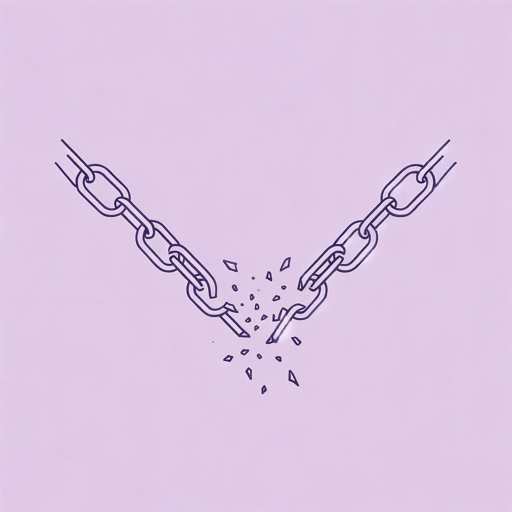
Daddy
Sylvia Plath
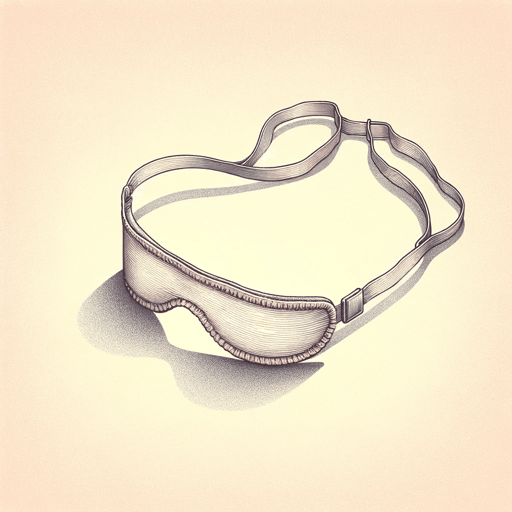
Initiation
Sylvia Plath
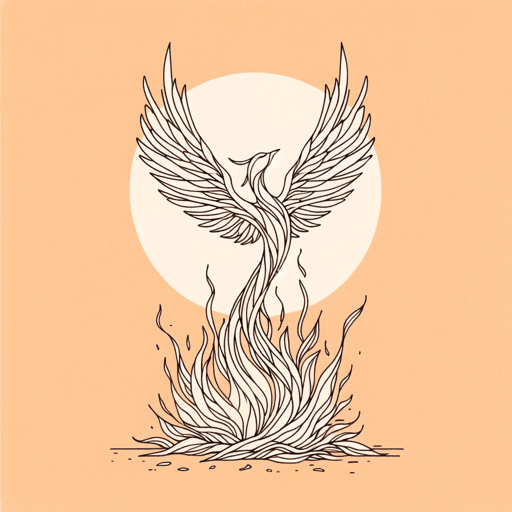
Lady Lazarus
Sylvia Plath

Mirror
Sylvia Plath

Sheep In Fog
Sylvia Plath
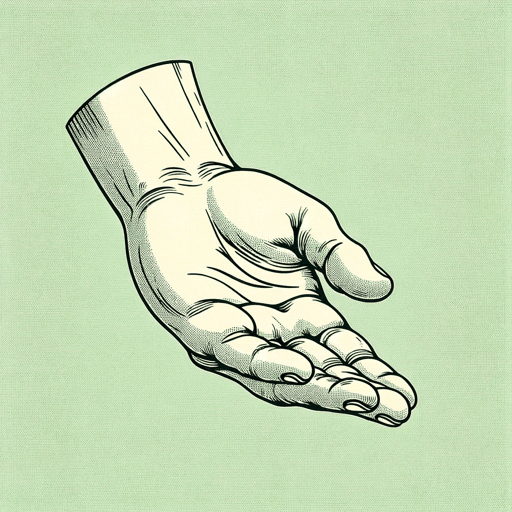
The Applicant
Sylvia Plath

The Bell Jar
Sylvia Plath

The Munich Mannequins
Sylvia Plath
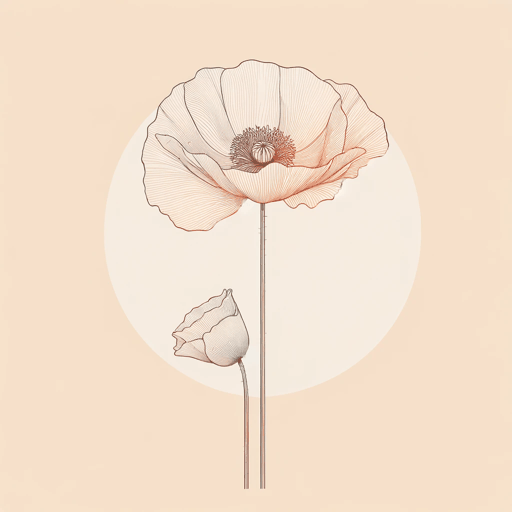
Two Sisters Of Persephone
Sylvia Plath
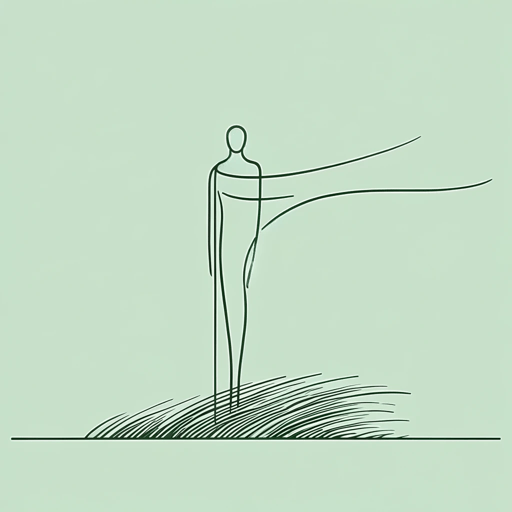
Wuthering Heights
Sylvia Plath

